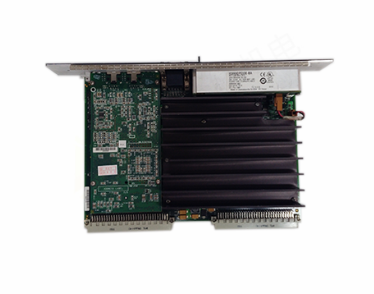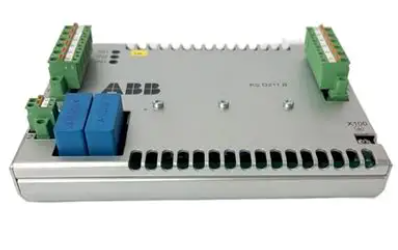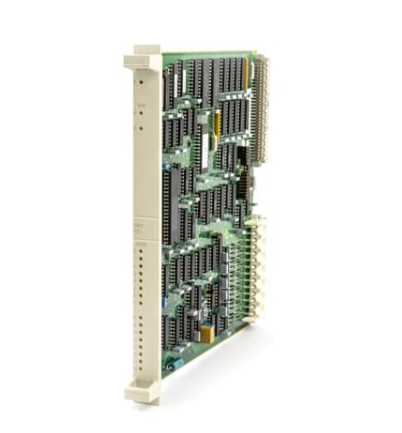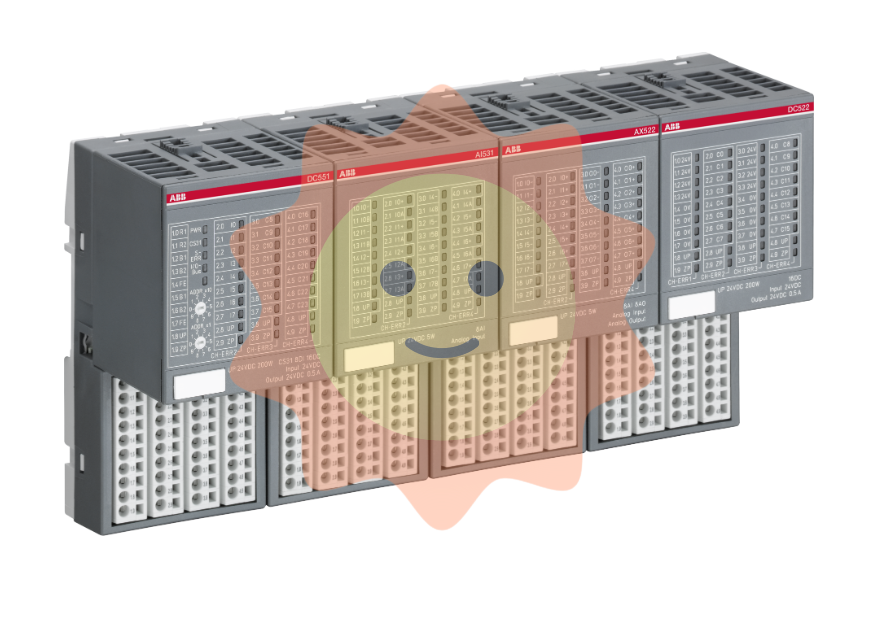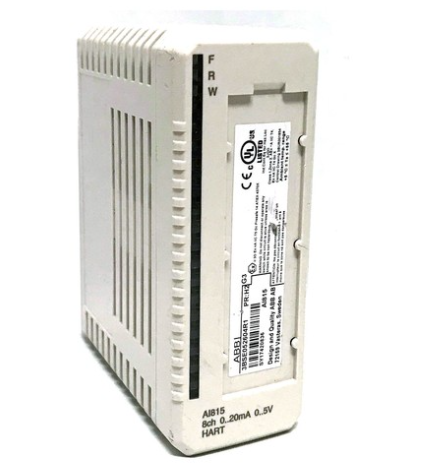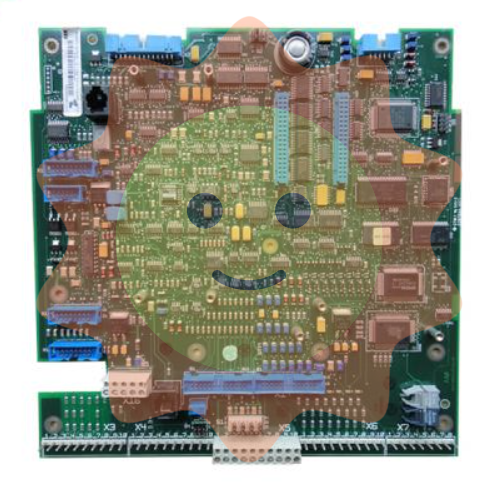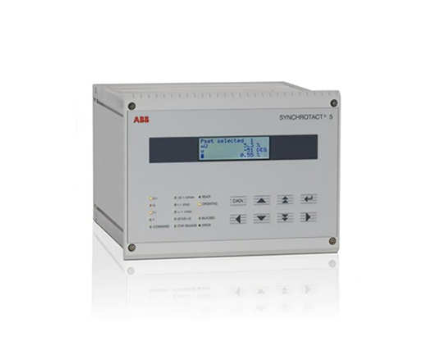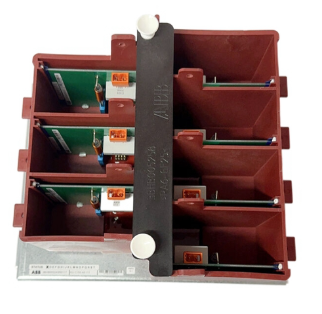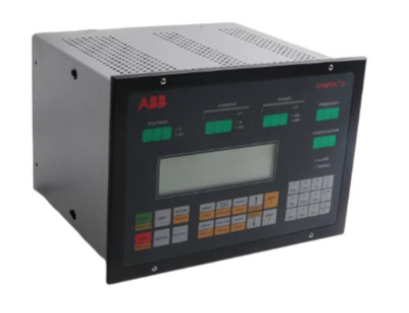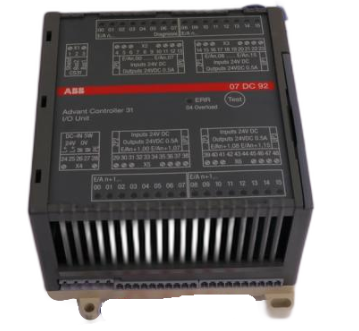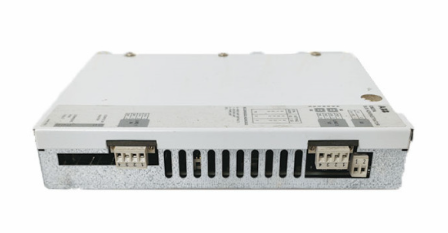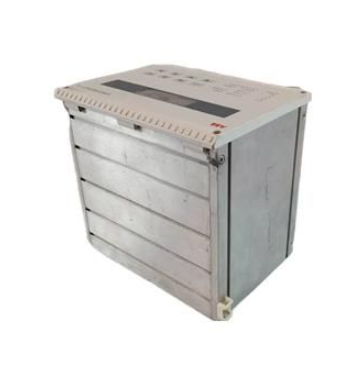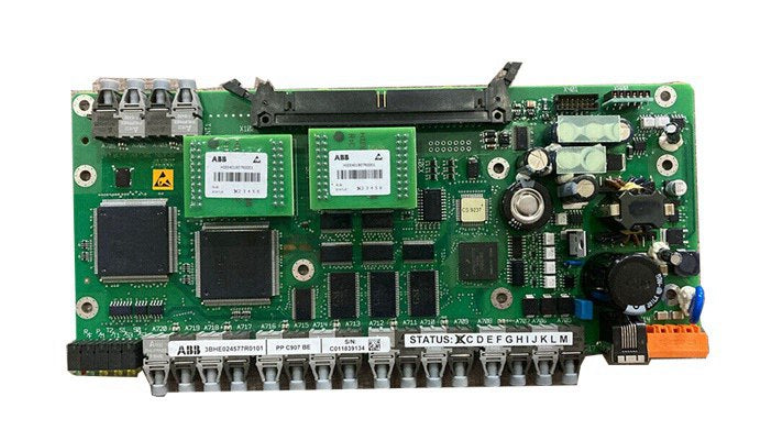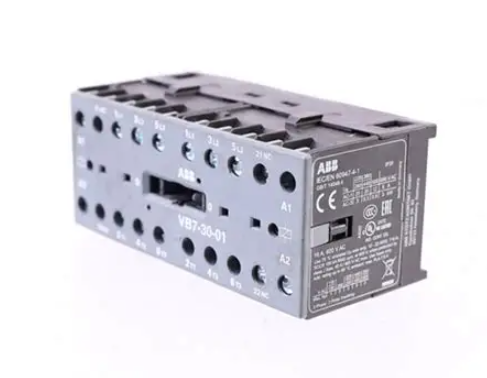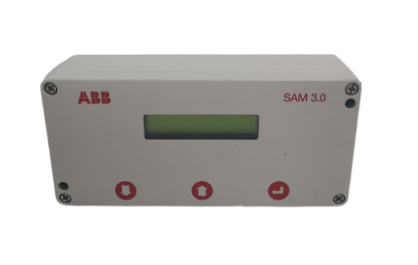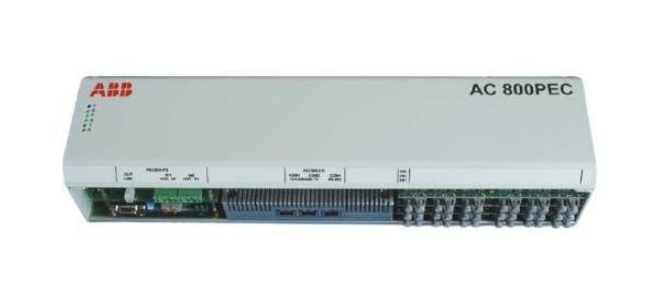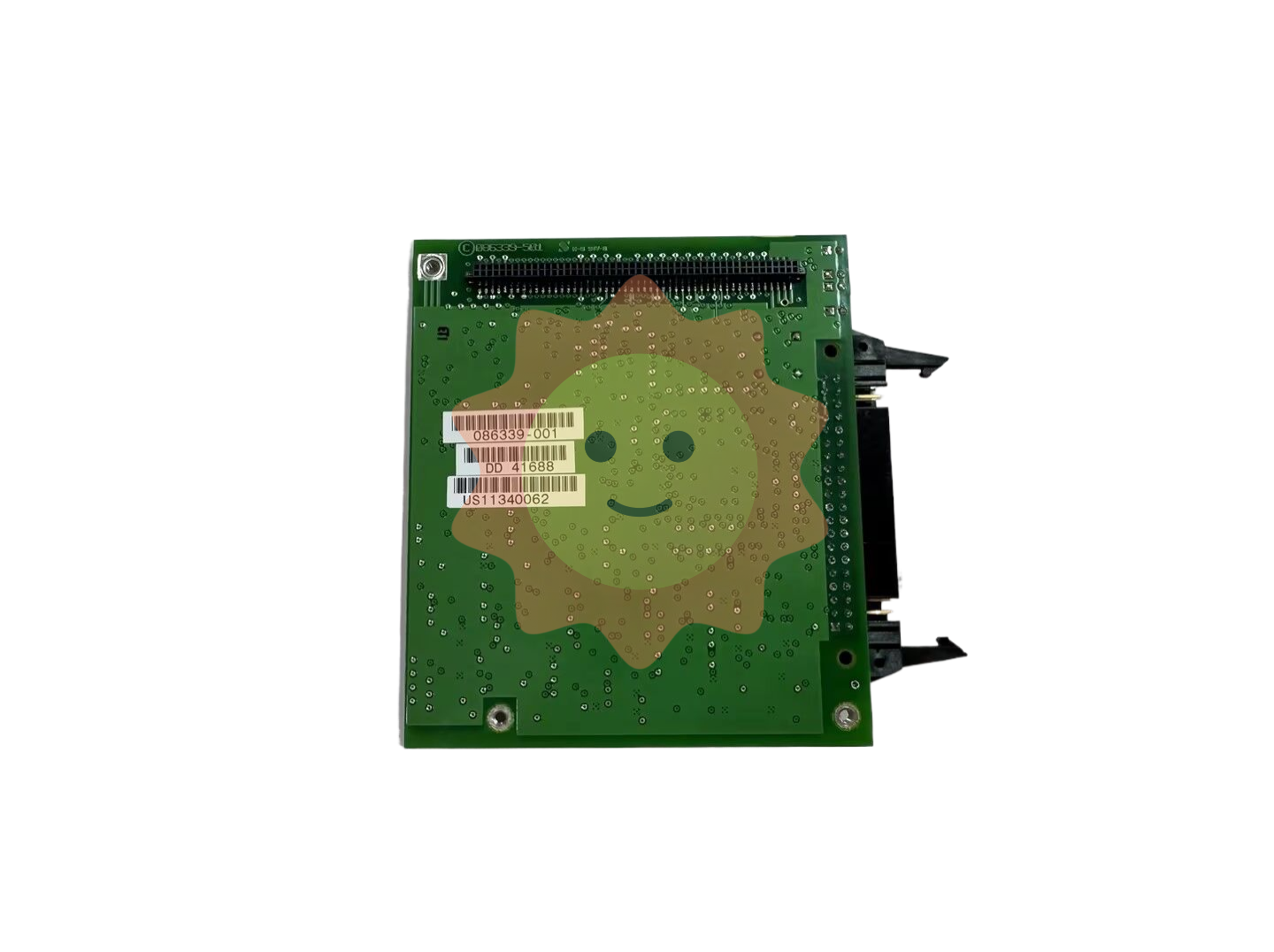ABB UCD224A103 high-performance control module
ABB UCD224A103 high-performance control module
Product Overview
ABB UCD224A103 is a powerful and high-performance control module that plays a key role in the field of industrial automation. As an important component of distributed control systems (DCS), it aims to efficiently handle various complex process control tasks and is widely used in various industrial environments. It can achieve good interaction with sensors, actuators, and other devices in process automation systems, providing reliable data acquisition, processing, and real-time control operations for control loops.
Specification parameters
Module type: Distributed Control System (DCS) PLC module.
Part number: UCD224A103.
Manufacturer: ABB.
Input/Output Channels: Equipped with multiple analog and digital input/output (I/O) channels, the specific number varies depending on the system configuration, for example, common configurations have 8 input channels.
Communication protocol: Supports standard industrial protocols such as Modbus, Ethernet, Fieldbus, Profibus, etc., making it easy to integrate with other devices and systems.
Power consumption: Only 3.7W, with low energy consumption.
Working temperature range: It can operate stably at ambient temperatures ranging from -20 ℃ to 60 ℃, and is suitable for various complex industrial environments.
Isolation capability: With an isolation capability of 2500Vrms, it ensures the safe operation of equipment.
Product dimensions: The net depth/length of the product is 142 millimeters, the net height is 373 millimeters, and the net width is 73.5 millimeters.
Net weight of the product: 1.53 kilograms.

Functional Features
High precision data acquisition: As a 24 bit multi-channel universal input module, it can accurately measure process variables such as temperature, pressure, flow rate, and liquid level, with an accuracy of 0.05% and a sampling rate of 10Hz.
Powerful communication capability: Supports multiple standard industrial communication protocols such as Modbus, Ethernet, Fieldbus, Profibus, etc., enabling efficient data exchange and collaborative work with other devices and systems.
High reliability design: It has an isolation capability of 2500Vrms, as well as multiple protection functions such as overload protection, over temperature protection, and short circuit protection. It can operate stably within the working temperature range of -20 ℃ to 60 ℃, ensuring the safety and stability of the equipment.
Flexible configuration and expansion: Adopting modular design, flexible expansion and configuration can be carried out according to specific application needs, making it convenient for users to build and adjust the system according to the requirements of the actual production process.
Remote control and monitoring: With a remote control interface, it facilitates users to remotely control and monitor modules through networks and other means, improving the management efficiency and convenience of the system.
Precautions
Installation environment: It should be installed in a dry, well ventilated environment without severe vibration, avoiding direct sunlight and strong electromagnetic interference to ensure the normal operation of the module and extend its service life. The ambient temperature should be maintained within its designated operating temperature range (-20 ℃ to 60 ℃) to prevent performance from being affected by high or low temperatures.
Wiring operation: When wiring, it is necessary to strictly follow the requirements of the product manual to ensure that the wiring is firm and correct, and to avoid problems such as short circuits and open circuits. For the wiring of analog signals and digital signals, attention should be paid to distinguishing and preventing signal interference.
Software configuration: When configuring modules, it is necessary to carefully set various parameters to ensure that they match the actual application requirements. Incorrect parameter settings may cause abnormal module operation and even affect the stability of the entire control system. After the configuration is completed, comprehensive testing and validation should be conducted.
Maintenance: Regularly inspect and maintain the module to check for hardware damage, signs of overheating, or loose connections. If any abnormalities are found, corresponding measures should be taken in a timely manner for repair or replacement. At the same time, pay attention to keeping the surface of the module clean and avoiding the accumulation of dust and other debris that may affect heat dissipation and performance.
Similar model supplement
UCD224A102: It is a control module belonging to the ABB series, similar in functionality to UCD224A103, and both have basic functions such as data acquisition, processing, and communication. However, UCD224A102 may have slight differences in certain performance parameters, such as the number of input and output channels or accuracy, which may differ from UCD224A103. Users can choose according to their own project's different requirements for channel number and accuracy.
UCD224B103: This model has similarities in functional features with UCD224A103, but there may be differences in the details of communication protocol support or adaptability to specific industrial environments. For example, UCD224B103 may perform better in compatibility with certain special communication protocols, making it suitable for industrial scenarios with special requirements for communication protocols.
- EMERSON
- Honeywell
- CTI
- Rolls-Royce
- General Electric
- Woodward
- Yaskawa
- xYCOM
- Motorola
- Siemens
- Rockwell
- ABB
- B&R
- HIMA
- Construction site
- electricity
- Automobile market
- PLC
- DCS
- Motor drivers
- VSD
- Implications
- cement
- CO2
- CEM
- methane
- Artificial intelligence
- Titanic
- Solar energy
- Hydrogen fuel cell
- Hydrogen and fuel cells
- Hydrogen and oxygen fuel cells
- tyre
- Chemical fiber
- dynamo
- corpuscle
- Pulp and paper
- printing
- fossil
- FANUC
- Food and beverage
- Life science
- Sewage treatment
- Personal care
- electricity
- boats
- infrastructure
- Automobile industry
- metallurgy
- Nuclear power generation
- Geothermal power generation
- Water and wastewater
- Infrastructure construction
- Mine hazard
- steel
- papermaking
- Natural gas industry
- Infrastructure construction
- Power and energy
- Rubber and plastic
- Renewable energy
- pharmacy
- mining
- Plastic industry
- Schneider
- Kongsberg
- NI
- Wind energy
- International petroleum
- International new energy network
- gas
- WATLOW
- ProSoft
- SEW
- wind
- ADVANCED
- Reliance
- YOKOGAWA
- TRICONEX
- FOXBORO
- METSO
- MAN
- Advantest
- ADVANCED
- ALSTOM
- Control Wave
- AB
- AMAT
- STUDER
- KONGSBERG
- MOTOROLA
- DANAHER MOTION
- Bently
- Galil
- EATON
- MOLEX
- Triconex
- DEIF
- B&W
- ZYGO
- Aerotech
- DANFOSS
- KOLLMORGEN
- Beijer
- Endress+Hauser
- MOOG
- KB
- Moxa
- Rexroth


Email:wang@kongjiangauto.com



